

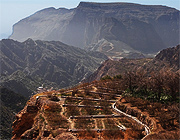
Spectacular scenery and lots of atmospheric villages, some abandoned, others very much thriving.
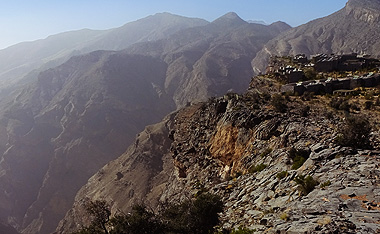
Our hotel in the Jebel Akhdar mountain range, located in the central section of the Hajar mountains, 2,000m above sea level, is a destination in itself.
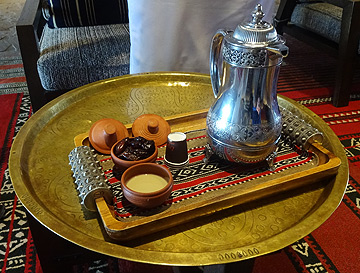
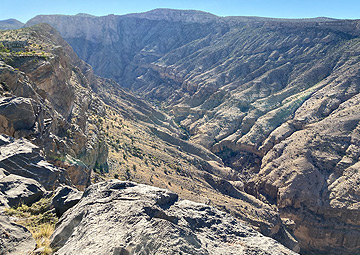
We'd had a very full few days before arriving here and had built in some time just to enjoy the hotel and surrounding area.
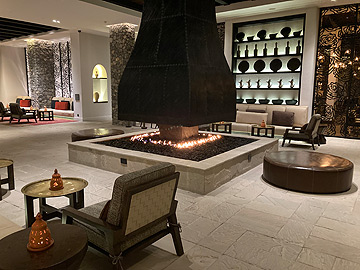
The hotel blends into the landscape. Built from local stone and using traditional techniques it is inspired by traditional Omani architecture.
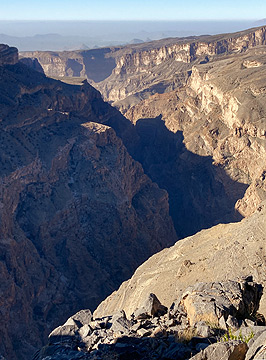
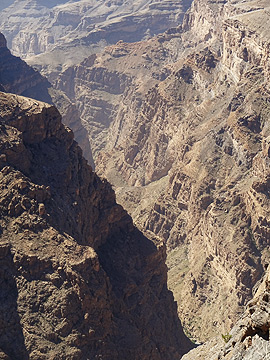
Set high in the mountains, on a ridge overlooking gorges on both side, the views are stupendous in all directions so walking from the hotel is immediately rewarding.
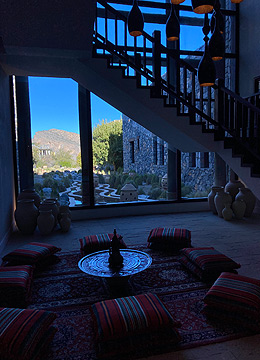
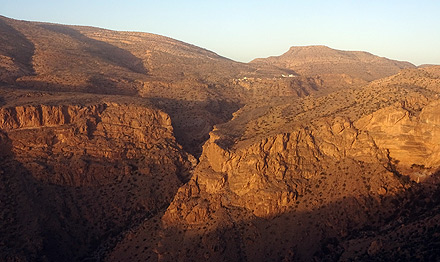
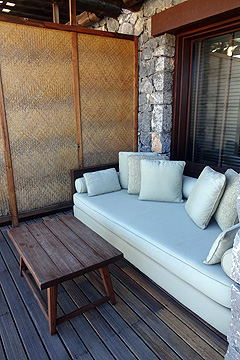
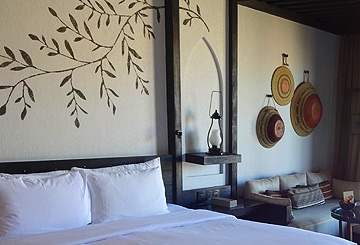
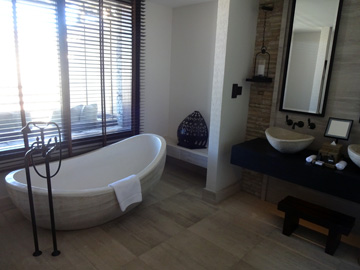
Our room was gorgeous with plenty of space, a huge bathroom, and a terrace with a wide view over the landscape.
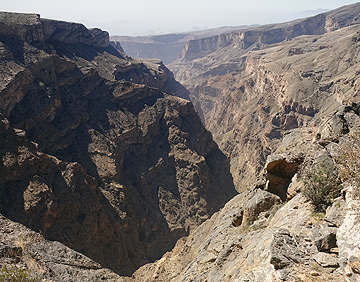
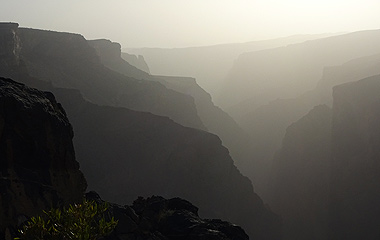
The food was pretty good at the Alila too. Breakfast was excellent - fresh fruits such as pineapple and melon, freshly squeezed juices - the OJ and pineapple were very good, salmon, salad, cold meats, cheeses, croissants and lots of different pastries, toast and pomegranate jam, and any cooked items freshly prepared such as Spanish omelette, Eggs Benedict (the eggs were particularly good), French toast with a plum compote - a feast!
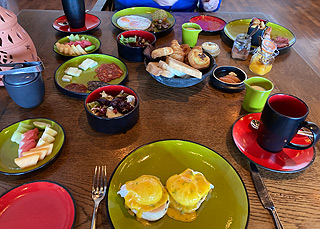
Apart from visits away from the hotel we also did some of the hotel's activities. The first night we went to the star-gazing which was very good - a knowledgeable astronomer, a student I think, picked out lots of different stars, galaxies, and constellations and set up a powerful telescope for us to get a better look. The night sky was fabulous, familiar stars and constellations buried in masses of twinkling stars that we never, or exceedingly rarely, see in England.
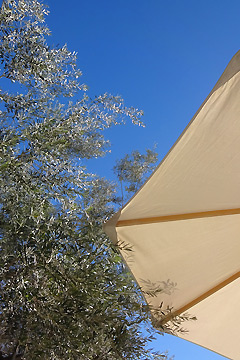
We even spent some time in the shade by the infinity pool, reading our books, and enjoying a leisurely lunch.
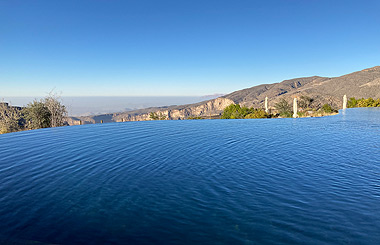
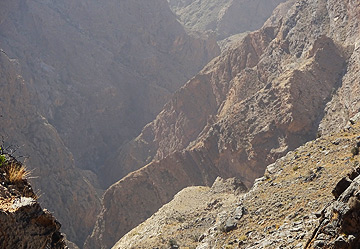
We also walked the Butterfly Trail, a gentle 3km walk through the surrounding landscape with lots of information about the flora and fauna and fine views into the canyons. There are marine fossils to be discovered, beehives and an organic produce garden along the way.
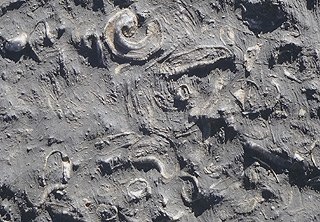
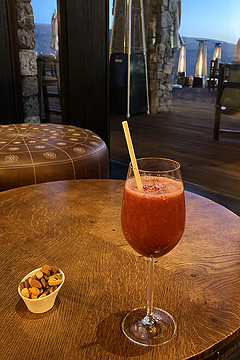
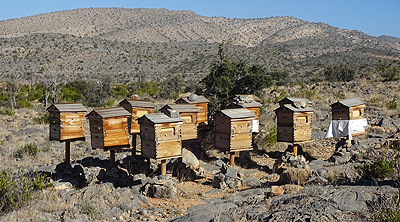
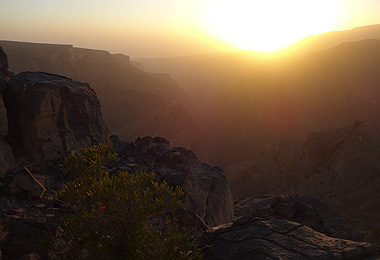
Dinners at the Alila were pretty good too, generally with a cocktail in the bar beforehand!
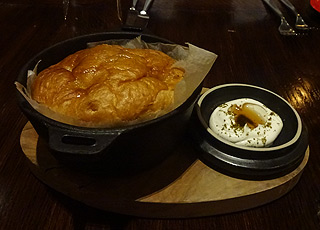
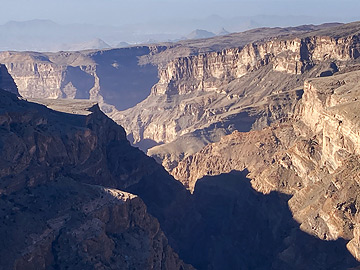
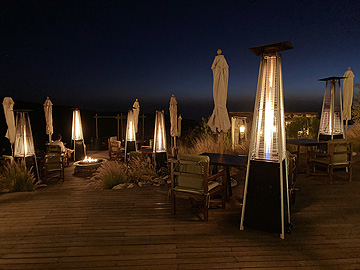

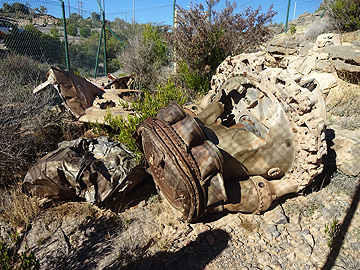
We spent most of one day exploring mountain villages. But our first stop was to the wreckage of a Venom fighter which crashed here in 1958 towards the end of the Jebel war when Sultan Said looked to the British for support to quell a rebellion in this region. Apparently the grave of the pilot, RAF Lt Owen Watkinson, is nearby.
Then to our first village of the day: Wadi Bani Habib. We parked at the top of the gorge then descended 203 steps to the dry bed of the wadi. A short walk along the wadi then up rough stone steps into the abandoned village. From here another abandoned village could be seen clinging to the cliffside.
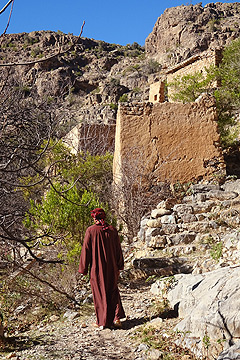
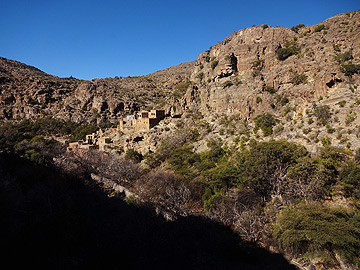
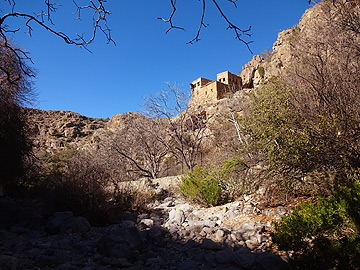
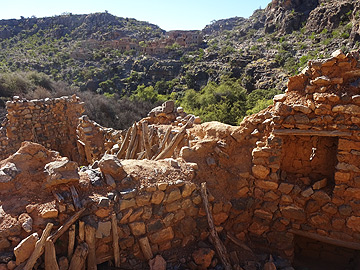
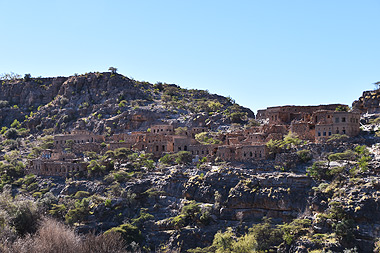
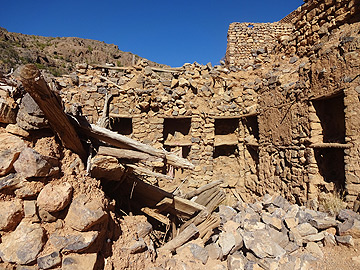
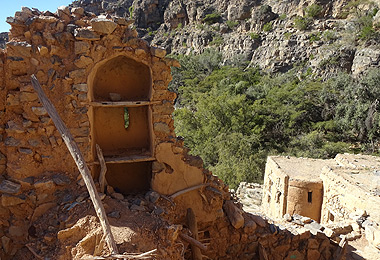
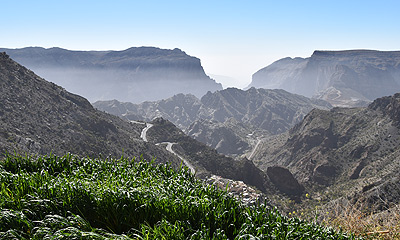
Back up the steps and on to villages renowned for roses. The Saiq Plateau, on which the villages stand, has a temperate Mediterranean climate and is famous for its fruit and walnuts as well as the damask roses from which the famous Omani rose water is made. We were visiting at entirely the wrong time of years to see the roses in bloom, March and April are usually best when the smell must be intoxicating.
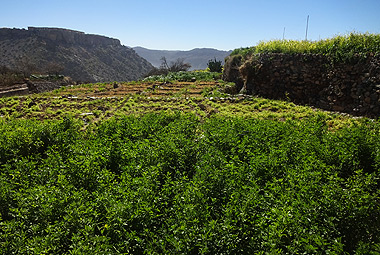
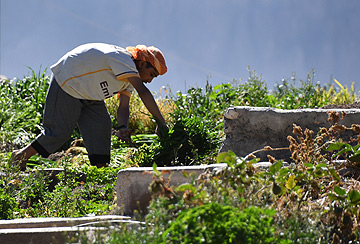
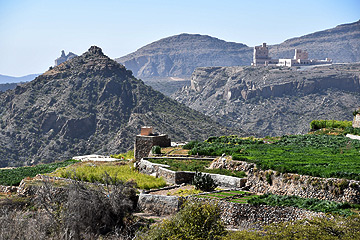
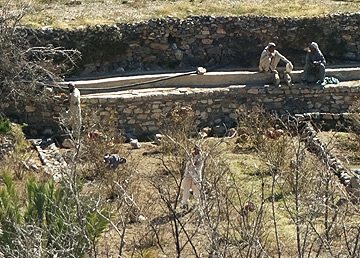
Kareem parked above Al Ain, first taking us down into the village to show us the start of the walking trail to the next village, Al Aqur, before heading back up to drive the car round ready to pick us up.
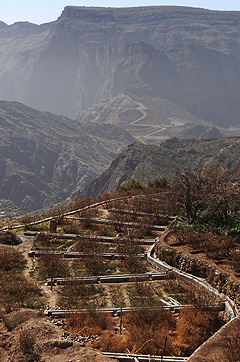
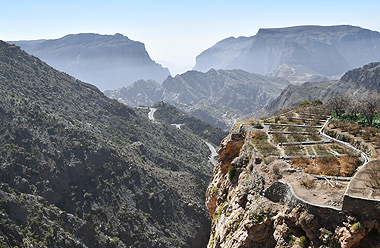
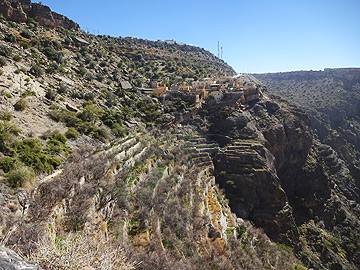
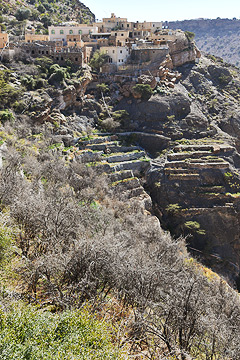
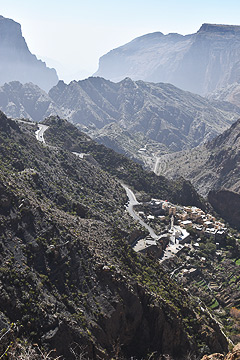
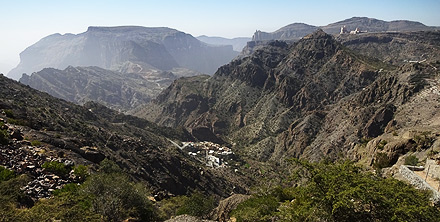
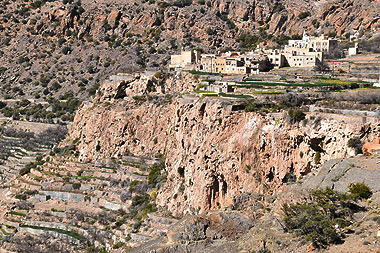
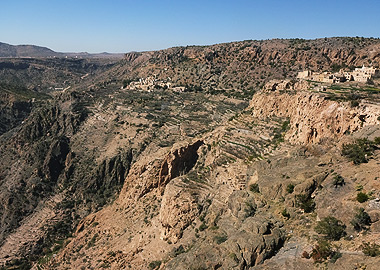
The terraces stretch right to the edge of the cliff on which Al Ain stands, and then begin again further down. There's a lot of walking to do to cultivate this land.
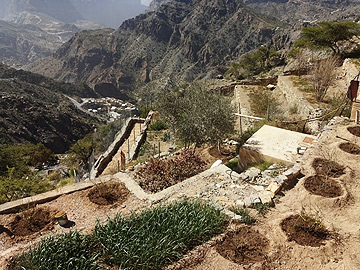
It was a lovely walk, very peaceful, and not at all strenuous, an easy climb out of Al Aqur at the end.